Hair Styling Products: The Science Behind Their Magic
Hair styling is more than just an art; it’s a science. We can think of it like this: every time we use a pomade or hair gel, wax or spray we’re engaging in a fascinating chemical reaction that transforms our hair’s hold, texture, and shine. Let us explore – behind the scenes of hair styling science, exploring everything from molecular interactions (how tiny particles interact with our hair) to the importance of pH balance (keeping our hair at its natural best).
Hair styling products are everyday cosmetic tools with complex chemical foundations. They don’t just “style” hair — they manipulate its texture, behavior, and appearance at a microscopic level. We will look into comprehensive look at the ingredients, mechanisms, and innovations behind the science in this article
- Why do we use styling products?
A styling product helps to provide shape and hold to a style by forming a film on the hair that creates physical bonds between adjacent strands, holding them in place. One method of achieving this is spot welding, where droplets of product are applied at critical junctures and hold the hair in place. Hair sprays perform in this manner and are useful in providing hold to hair.
Another method of creating hold is known as seam welding and involves the application of a product down the length of the hair shaft, which facilitates formation of physical bonds between adjacent hair strands. This creates the clumping effect so often desired by people with curly hair. These types of products also impart volume to the hair by increasing stiffness from the root, which lifts it away from the scalp. Gels, hair crèmes, waxes, and mousse provide hold via the seam welding mechanism. This type of hold is very susceptible to disruption due to physical manipulation, such as combing, touching and windy conditions.
- The Intricate Dance of Molecules: It’s All About Chemistry!
Let’s imagine we scoop out a bit of your favorite hair product and work it into your hair. But what’s really happening at a level we can’t, see? It’s like a microscopic dance party! The ingredients in the product are interacting with the individual strands of your hair. They bind to the hair fibers, creating a sort of “grip” that gives you hold and texture. These ingredients are also working with the natural oils in our hair to give us that perfect style we’re after.
- Hair styling products—from gels and waxes to sprays and mousses—transform your hair’s texture, hold, and appearance through carefully engineered chemical formulations. The magic lies in polymer science, surfactant chemistry, rheology modifiers, and volatile solvents. Now let’s explore the chemistry behind their function:
- Hair Gels: Polymers for Strong Hold
Key Ingredients:
- Film-forming Polymers: Polyvinylpyrrolidone (PVP), Acrylates Copolymers
- Humectants: Glycerin, Propylene Glycol
Chemistry Insight:
- Film-forming polymers are large molecules that spread across hair strands and form a flexible or rigid film upon drying.
- Cross-linking of polymer chains gives gels their “hold”—stronger cross-linking = stiffer hold.
- pH buffers (like Triethanolamine) keep the gel stable and enhance polymer solubility.
- This type of hair styling follows seam welding mechanism (as cited earlier)
- Hair Sprays: Fast-Drying Fixatives
Key Ingredients:
- Acrylate Polymers, Vinyl Caprolactam Copolymers
- Volatile Solvents: Ethanol, Isopropanol
- Plasticizers: Aminomethyl Propanol
- Propellants: Butane, Propane
Chemistry Insight:
- These products use low-viscosity polymers dissolved in volatile solvents.
- Upon spraying, the solvent evaporates rapidly, leaving behind a thin polymer film that fixes the hair in place.
- The glass transition temperature (Tg) of the polymer determines flexibility vs stiffness. A higher Tg polymer results in a firmer hold.
- This type of hair styling follows spot welding mechanism(as cited earlier)
- Hair Waxes and Pomades: Lipid-Based Hold
Key Ingredients:
- Waxes: Beeswax, Microcrystalline Wax
- Oils: Mineral oil, Lanolin
- Emulsifiers: PEG derivatives, Sorbitan esters
Chemistry Insight:
- These are anhydrous formulations relying on the viscosity and hydrophobic nature of waxes and oils to sculpt hair.
- Emulsifiers help maintain texture and ease of spread.
- Unlike gels, waxes provide a flexible hold with shine, ideal for matte or sleek looks.
- This type of hair styling follows seam welding mechanism (as cited earlier)
- Hair Mousse: Foaming Fixatives
Key Ingredients:
- Foaming Agents: Surfactants (e.g., Laureth Sulfate)
- Polymeric Resins: PVP/VA copolymers
- Propellants: Butane, Propane
Chemistry Insight:
- Mousse delivers aerated foam via surfactant-propellant interaction.
- Upon application, polymers coat the hair and dry into flexible films, enhancing volume without stiffness.
- Cationic polymers may be added for better electrostatic binding to negatively charged hair shafts.
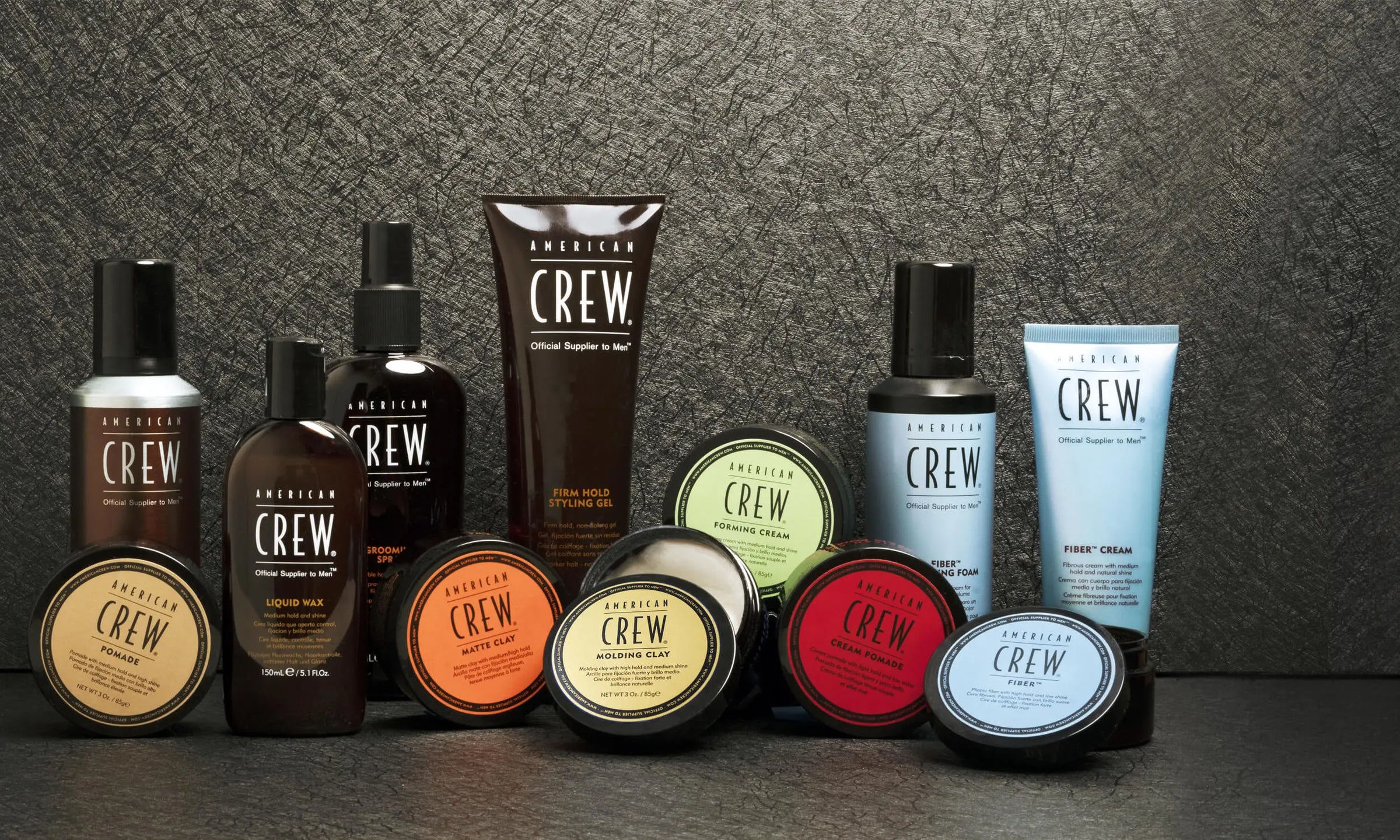
Let us also focus on temperature, pH, and emulsification which play critical roles in hair styling, from a chemical formulation perspective
The Role of pH in Hair Styling:
Our hair has a natural pH level (slightly acidic), and using products that are too far off from this balance can disrupt the outer layer of your hair (the cuticle). This can lead to dryness, frizz, and damage. That’s why we formulate our products to be pH-balanced – to work in harmony with our hair’s natural chemistry, keeping it healthy, shiny, and strong. Now let us move deep insight.
Role:
- Controls how tightly the cuticle lies against the hair shaft.
- The Hair Structure: Let’s take a Closer Look at Your Crowning Glory
- Each strand of our hair is a marvel of nature! It’s made up of a protein called keratin, and it has three main layers:
- The Cuticle: This is the outer layer, it protects the inner layers and gives your hair shine when it’s smooth and healthy.
- The Cortex: This is the middle layer, where your hair gets its strength, elasticity (how much it can stretch), and color.
- The Medulla: This is the innermost layer, and scientists are still figuring out all of its mysteries!
- Influences product performance, hair manageability, and shine.
Optimal Hair pH: ~4.5 to 5.5 (slightly acidic)
In Practice:
- Acidic pH (~4–5.5): Smooths cuticle → enhances shine, reduces frizz → better styling results.
- Alkaline pH (>7): Swells cuticle → increases porosity → used in chemical styling (e.g. relaxers).
pH in Styling Products:
- Sprays, gels, and mousses are often slightly acidic to keep cuticles smooth, lock in shape, and support humidity resistance.
pH vs Styling Effectiveness:
- Peak effectiveness at a slightly acidic pH ~5, which matches natural hair/scalp pH.
- Too alkaline or too acidic → cuticle swelling or damage, reducing hold and shine.
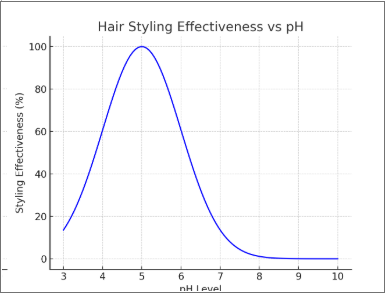
The Magic of Emulsification: Blending Science and Nature for Happy Hair
Many of our hair products contain both water-based ingredients (for hydration) and oil-based ingredients (for conditioning). Emulsification is a fancy way of saying we’ve found the perfect way to blend these ingredients so that they mix smoothly and evenly. This ensures that every time we use our products, our hair gets the perfect balance of moisture and nourishment.
Temperature and Hair Styling: It’s Getting Hot in Here!
Have we noticed ever how some hair products seem to melt a little in our hands? That’s because ingredients like beeswax and shea butter have a specific melting point. When we warm them up in our palms, they become softer and easier to spread through your hair. As they cool down, they solidify, providing hold and structure to our style.
The Science of Absorption: Deep Conditioning for Lasting Results
Not all hair products just sit on the surface of your hair. Some, like those containing jojoba oil or avocado oil, have a special ability to penetrate the hair shaft – that’s the inner part of your hair strand. This means they deliver moisture and nutrients deep down, where your hair needs it most.
Ingredients play a pivotal role in determining the effectiveness and benefits of a product. From providing hold and consistency to conditioning and protecting the hair, each ingredient has its unique science and purpose.
Let us look at the table below :
|
Product |
Key Ingredients |
|
Gel |
PVP, VP/VA, Carbomer, Glycerin |
|
Hair Spray |
VP/VA, Alcohol, Polyquaterniums, Propellants |
|
Mousse |
Polymers, Conditioning Agents, Propellants |
|
Wax/Pomade |
Waxes, Emollients, Clays, Silicones |
|
Cream |
Emulsifiers, Silicones, Oils, Conditioning Agents |
Conclusion
Hair styling products are a synergy of polymer technology, colloidal chemistry, surface science, and cosmetic engineering. Their effectiveness comes from designing formulations that balance film formation, viscosity, evaporation, and conditioning—tailored precisely to consumer needs for hold, texture, and shine.

Author : Souvik Roy
He can be reached at : 9804862116 / souvik619@gmail.com
The author Souvik Roy works with McNROE Consumer Products Pvt Ltd as the Manager Technology Transfer.
Subscribe to our free newsletter to read the latest news and articles before they are published.


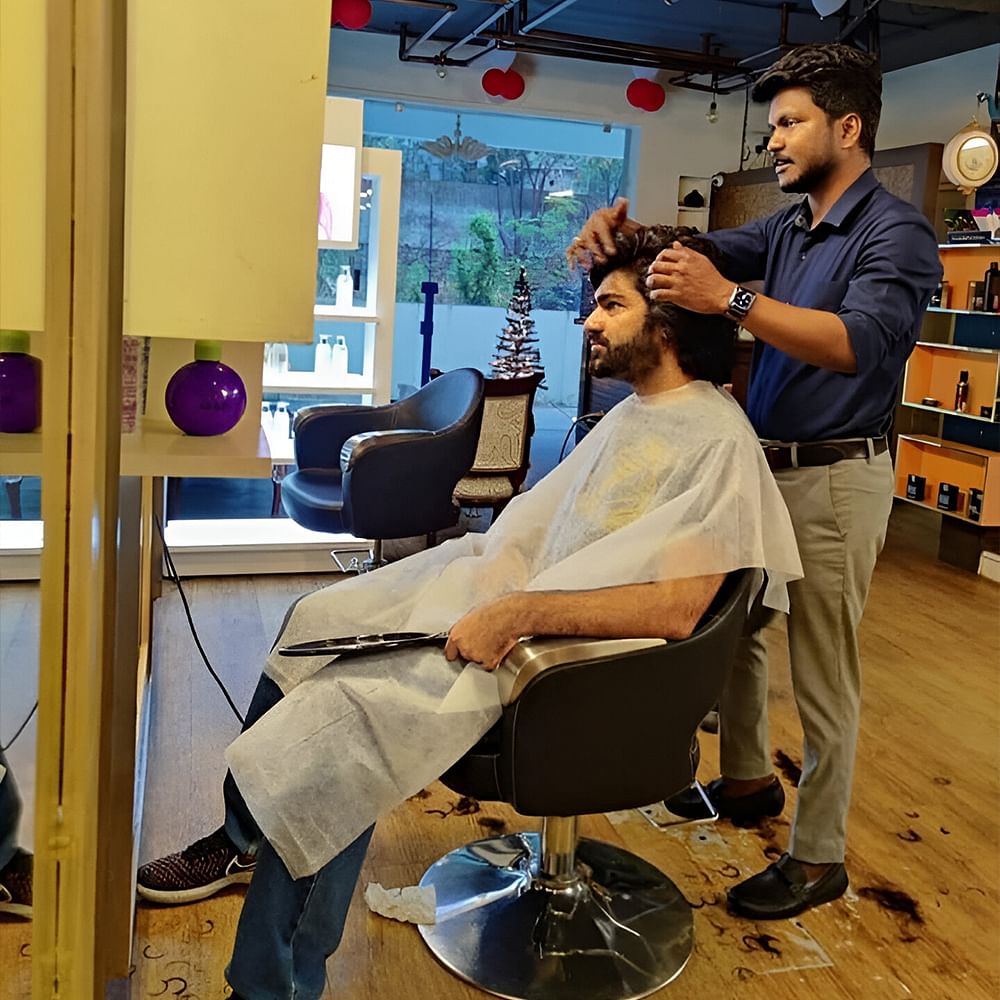

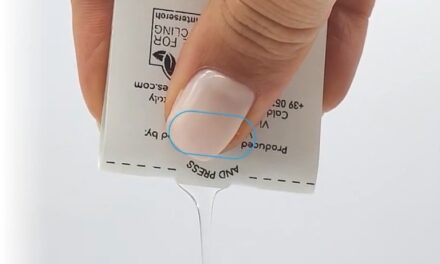





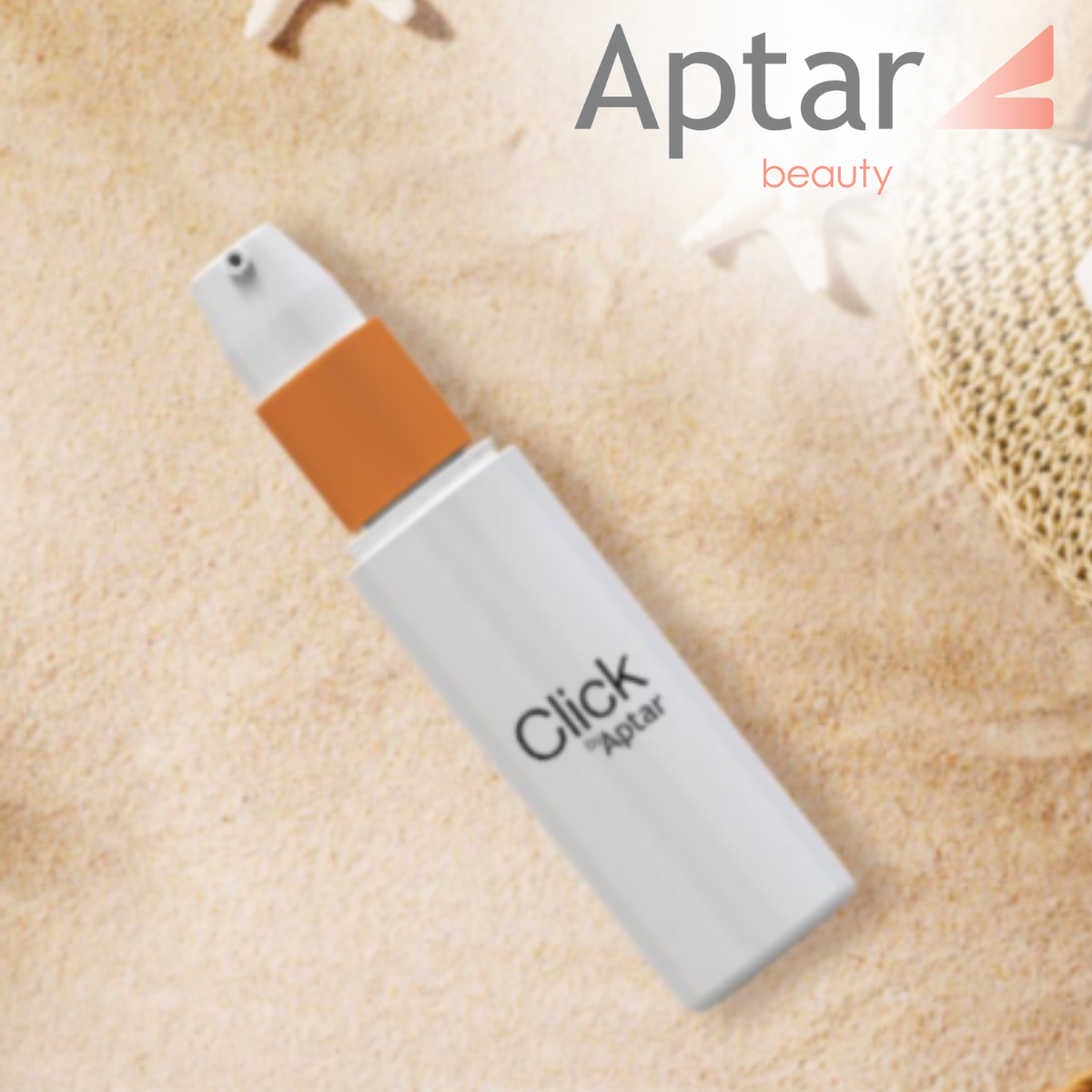
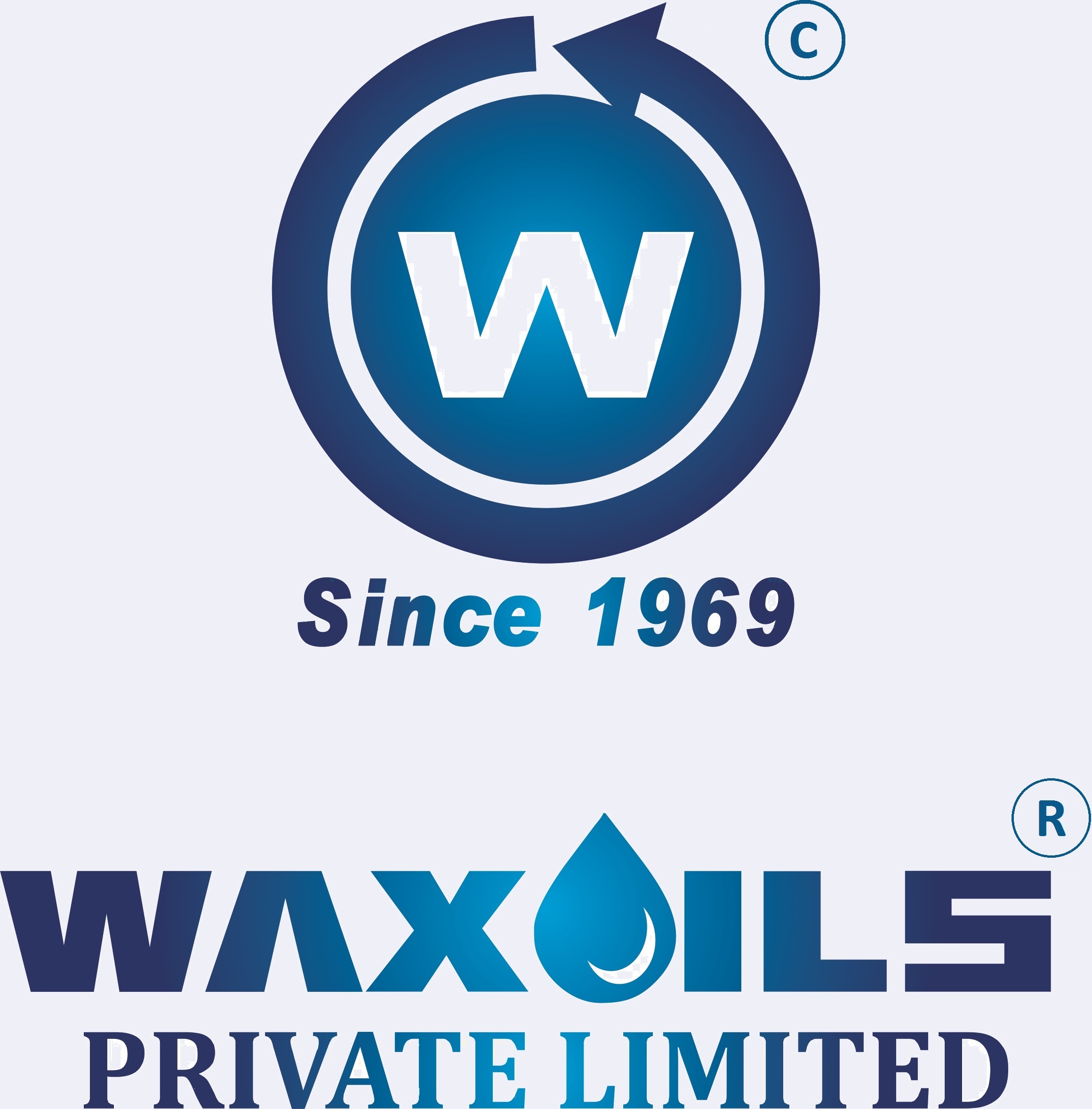
Subscribe To Our Newsletter
Join our mailing list to receive the latest news and updates from The Cosmetics industry
You have Successfully Subscribed!